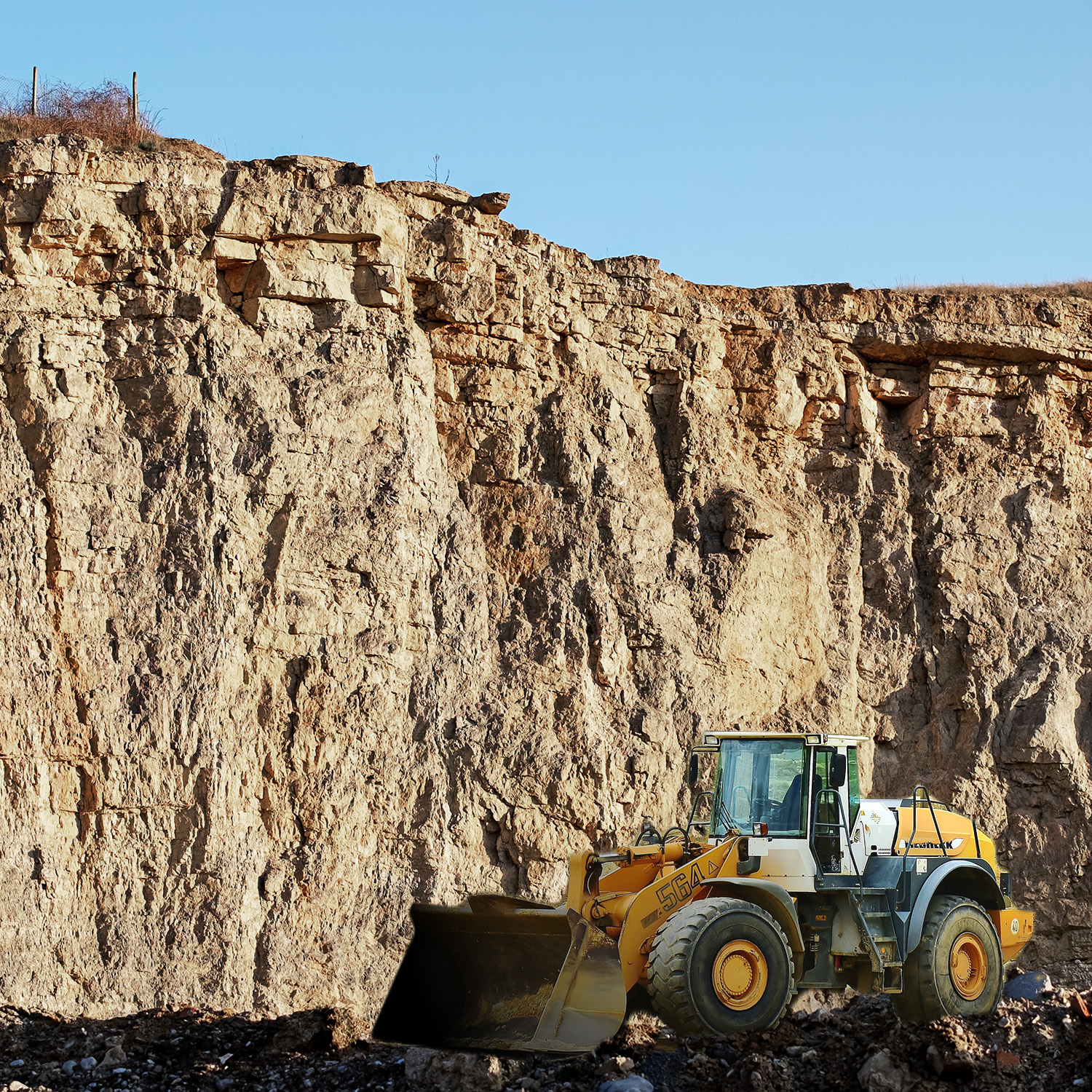
Posted on June 29th, 2018 by Carrier Vibrating
It might be hard to believe how much rock can be used in daily life, but limestone is found in products all around you. It is one of the main materials in cement, and the US uses over 7 million tons of new concrete each month. Since it is a source of lime, ground limestone is used to make plastics, glass, and paper, and is used for water treatment and purification. It can also be found in some medicines, paint, soil fertilizer, and even foods such as breakfast cereal. The lime from limestone is used in steel manufacturing to remove impurities and to remove sulfur from power plant emissions. It is also mined into blocks that are used for buildings or carvings.
Limestone is a sedimentary rock that is made up mostly from the calcium fragments of ancient marine animals such as mollusks and coral that has been compressed over millions of years. Ten percent of all sedimentary rock is limestone, with limestone deposits found throughout the world. It is hard and durable but easy to work with, with structures such as the pyramids and Roman pillars being made from limestone.
Drying Limestone
With many of the uses for limestone it needs to be crushed and dried and cleaned from its raw mined form, but this creates several processing issues. Since it is a rock, it is abrasive and can wear down equipment. As limestone is dried and processed it produces dust and pieces that can collect and build up, which can wear down equipment faster as well. Limestone also tends to cake and clump while being processed, which the drying can eventually help prevent.
Ground limestone is often mixed with a binder to form pelletized limestone, which helps to handle, transport, or use as a final product. When limestone is pelletized, the powder is mixed with a liquid binder, which then needs to be dried and the different sizes of agglomerated limestone pellets need to be sorted.
When drying limestone all of the issues and requirements for it need to be taken into consideration when deciding on the correct equipment. Vibrating Fluid Bed Dryers are the ideal equipment choice for drying pelletized limestone, ensuring that each particle is dried thoroughly and evenly while moving material in a plug flow system to avoid build-up and abrasion. Vibrating fluid bed dryers are able to handle wide particle size distributions without suffering from upset conditions, and can be adjusted to create a gentle bed and reduce dust and degradation.
Carrier also engineers equipment with Tornesh and Flash Dryer technology, which is commonly used for pre-drying powdered limestone. This equipment can be attached to crushers and screeners to fit into the processing and drying line without causing any delays or slowdowns.
Need to have your crushed limestone or pelletized limestone dried for processing? Contact a Carrier Vibrating Equipment engineer today to find out what we can do to help your limestone drying and processing line.







